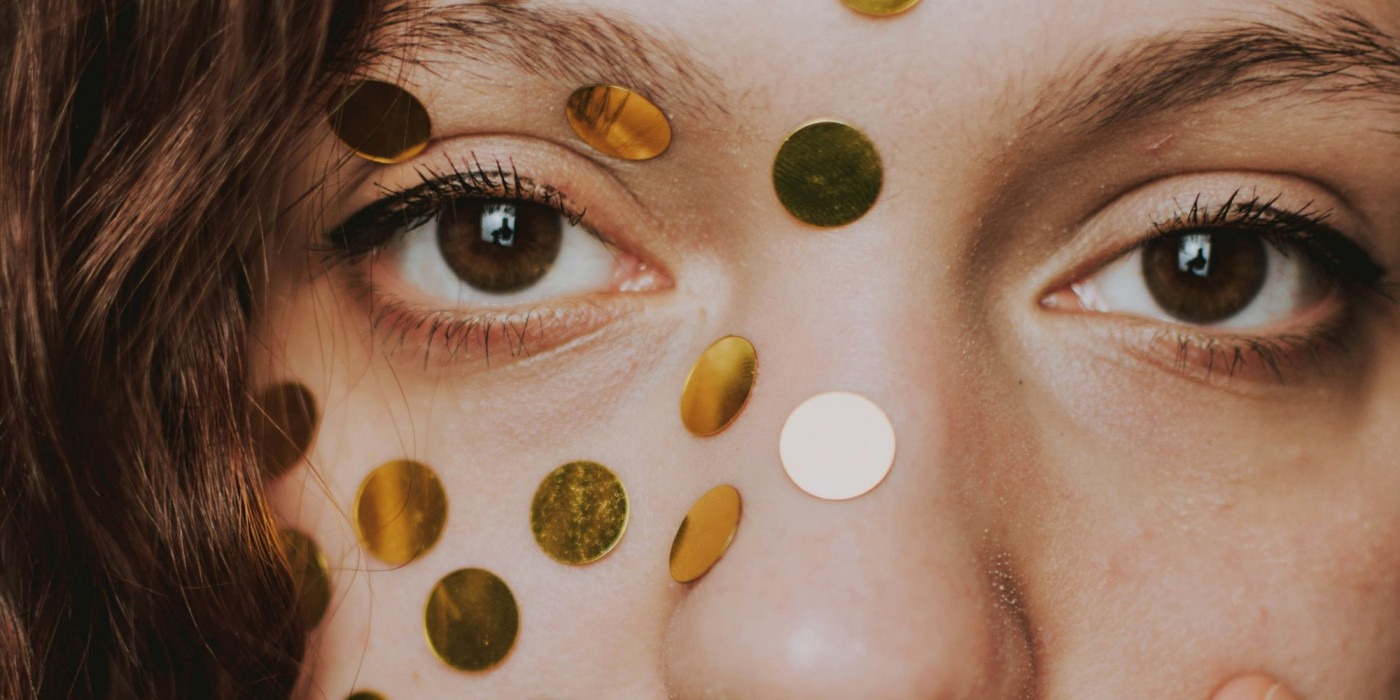The rise of pimple patches
With the rise of elaborate skincare routines and TikTok’s ‘clean girl’ aesthetic, pimple patches have become more than just a skincare tool. They’re now a trendy accessory. So, do they improve your skin, or are they just a cute statement piece? This article explores the science behind pimple patches, their rise in popularity, and whether they’re worth trying.
The rise of TikTok’s skincare culture has made it appealing to younger audiences, creating a ‘skincare as self-expression’ movement
The Rise of Pimple Patches: Fashion vs Function
Pimple patches are typically hydrocolloid patches, which became popular in South Korea around 2012. They were advertised as stickers that protect pimples from dirt while absorbing the impurities and promoting healing. Leading brands at this time included COSR-X and Hero Cosmetics, but their patches were discreet and transparent, designed to be invisible. However, in 2019 Starface revolutionised the market with its iconic yellow star-shaped pimple patches. As Vogue Business put it: “Starface made pimple patches a status symbol.” They aimed to revamp acne skincare from a tedious, clinical aspect to something fun. It encouraged younger generations to approach skincare problems like acne with a welcoming and unashamed attitude. Starface quickly gained popularity, with celebrities like Florence Pugh and Madison Beer sharing photos of themselves proudly wearing the eye-catching yellow patches. However, the rise in Starface and other fun brands quickly turned pimple patches into accessories rather than a helpful skincare product.
Do Pimple Patches Actually Work?
While Starface made pimple patches trendy, are they effective? New York Magazine released their top nine pimple patches, and unfortunately, Starface only ranked highly in the ‘best colourful patches’ category. Hero Cosmetics Mighty Patch Original Acne Patches were the best overall patches and are transparent. The article also pointed out that Starface’s clear patches couldn’t compare to the other brands, but “conspicuousness is the point of a Starface”. This suggests that pimple patches offer genuine skincare benefits, but their popularity is largely driven by aesthetics. The rise of TikTok’s skincare culture has made it appealing to younger audiences, creating a ‘skincare as self-expression’ movement. As someone who has used them, I feel that they are a very proactive way to target a breakout. Yet, should you invest in them?
Just remember to treat them as a short-term spot treatment and not a cure-all for acne
The Pros and Cons
We can weigh the pros and cons of pimple patches to answer this. They can speed up healing, prevent any picking and scarring, be a fun accessory, are travel-friendly, and easy to use. However, they’re not practical for cystic acne, don’t stick well on oily or moisturised skin, and many argue they don’t tackle the cause of the acne. They can also be expensive. Regular hydrocolloid patches can cost around £10-15 for a pack of 20-30. With regular use, this can become a frequent cost. As a method of tackling the odd big spot now and then, I think pimple patches effectively manage inflammation and progression, but it is not the long-term solution. If you struggle with cystic acne, micro-dart patches with small needles penetrate the spots to draw out impurities. However, these can be more expensive.
Final Verdict: Are They Worth It?
I wholeheartedly agree with Starface’s objective in the skincare industry, which is to de-stigmatise acne. If wearing pimple patches brings you the confidence to wear your natural skin with pride, then absolutely make the investment! Just remember to treat them as a short-term spot treatment and not a cure-all for acne.
My Recommendations
– Hero Mighty Patch Original, £7.99 at Boots
– COSR-X Acne Pimple Master Patch, £28.99 at Boots
– Nip+Fab Salicylic Fix Spot Patches, £10.95 at Boots
– The Inkey List Hydrocolloid Invisible Pimple Patches, £9.00 at Boots
– Starface HydroStars, £11.99 at Boots

Comments